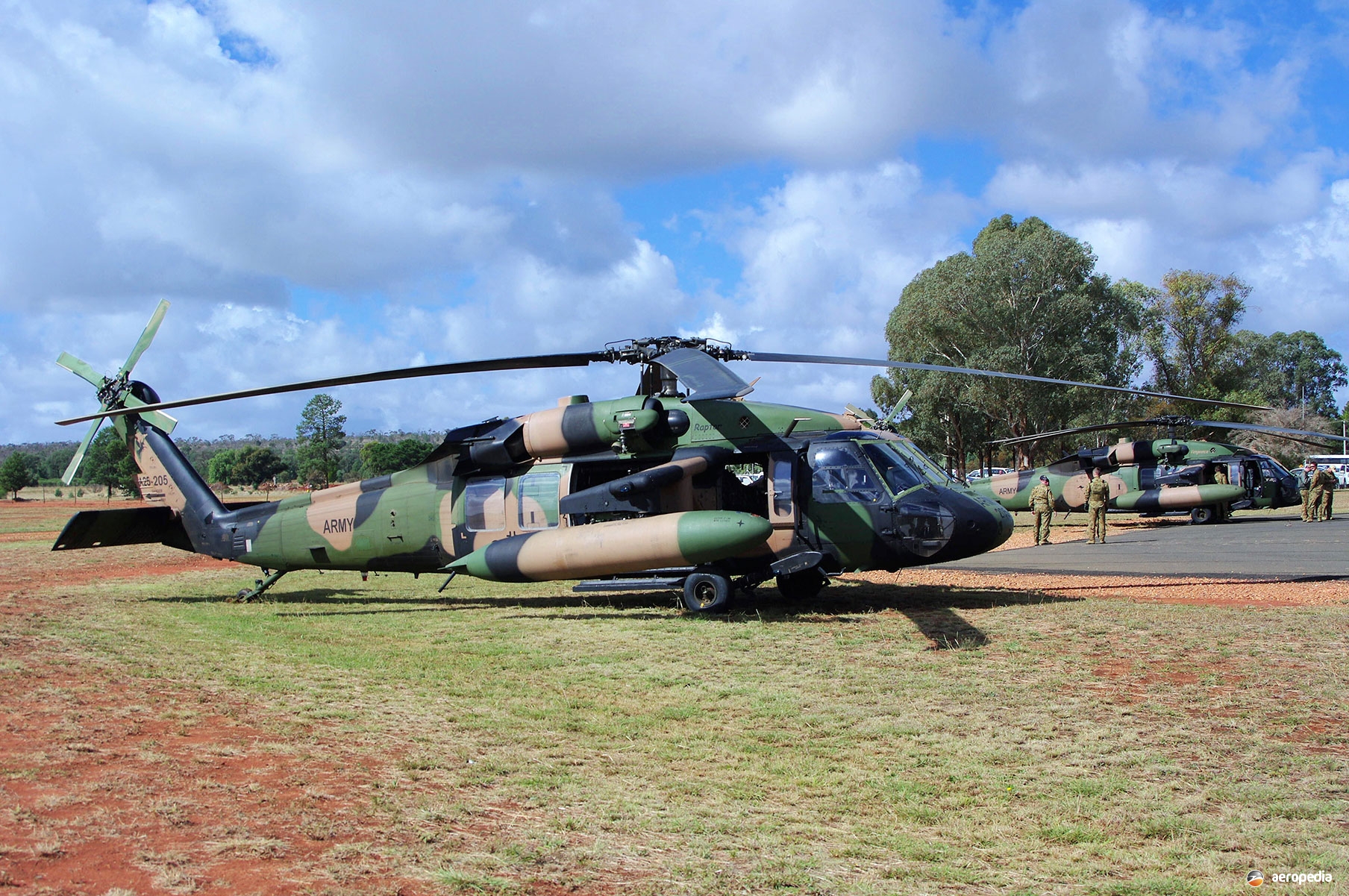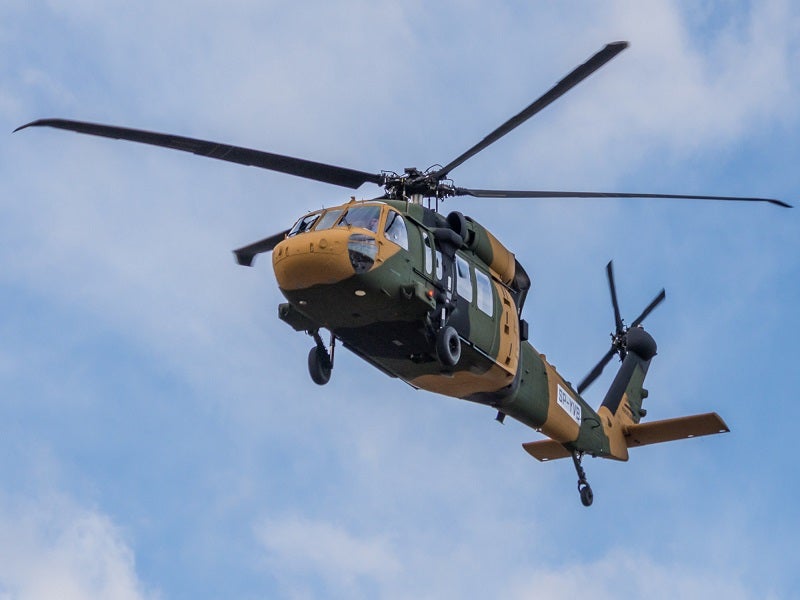How the Sikorsky S 70 Stands Apart in the Helicopter Sector
How the Sikorsky S 70 Stands Apart in the Helicopter Sector
Blog Article
High-Performance Multi-Role Rotorcraft Featuring Advanced Cabin Technologies and Integrated Sensing Unit Solutions
The realm of rotorcraft technology has actually seen significant developments in recent times, specifically in the realm of high-performance multi-role rotorcraft furnished with cutting-edge cabin technologies and seamlessly integrated sensing unit systems. These advancements have not only enhanced the operational capabilities of rotorcraft but have actually additionally considerably affected modern-day air travel procedures on various fronts. From improved goal convenience to improved operational performance, the merging of innovative cockpit innovations and integrated sensor systems has introduced a new era of possibilities for rotorcraft applications. In the following discussion, we will check out the development of rotorcraft modern technology, look into the realm of sophisticated cabin innovations, and take a look at the ramifications of incorporated sensor systems on the operational versatility and efficiency of contemporary rotorcraft.
Evolution of Rotorcraft Technology
The development of rotorcraft technology has been noted by considerable improvements in aerodynamics, products, and propulsion systems, forming the capacities and efficiency of modern-day rotorcraft. Wind resistant renovations have actually improved the effectiveness and maneuverability of rotorcraft, allowing for boosted speed, dexterity, and security during flight (sikorsky s 70). Technologies in products, such as the usage of composite materials and advanced alloys, have caused lighter yet stronger rotorcraft structures, boosting total performance and longevity. Additionally, innovations in propulsion systems, including more effective engines and ingenious propulsion technologies, have actually made it possible for rotorcraft to achieve higher elevations, faster speeds, and higher payloads.
These improvements have not just changed the capabilities of rotorcraft yet have actually also expanded their applications throughout numerous industries, consisting of army, commercial, and emergency services. The continual advancement of rotorcraft modern technology remains to drive advancement in the area, pressing the boundaries of what is feasible and shaping the future of upright trip.
Advanced Cockpit Innovations
Structure upon the foundational innovations in aerodynamics, products, and propulsion systems, the world of rotorcraft technology currently changes emphasis towards introducing Advanced Cabin Innovations. The combination of cutting-edge innovations within the cabin setting plays a vital duty in enhancing the operational abilities, safety and security, and effectiveness of modern-day rotorcraft. sikorsky s 70. Advanced Cockpit Innovations include a broad variety of features created to supply pilots with enhanced situational recognition, structured information management, and intuitive control user interfaces
Among the key developments in cabin design is the application of glass cockpits, which change typical analog determines with high-resolution display screens. These digital systems provide adjustable designs, real-time data integration, and improved readability, enabling pilots to access essential information at a glimpse. In addition, advanced avionics systems, such as fly-by-wire controls and increased reality screens, are changing just how pilots engage with the airplane, enabling specific control and improved decision-making capacities.


Including sophisticated cabin technologies not just boosts pilot efficiency however additionally contributes to overall mission performance and security in intricate operational settings. By leveraging state-of-the-art innovations within the cabin, rotorcraft producers are establishing new standards for operational quality and mission success.
Integrated Sensing Unit Systems
With the development of rotorcraft technology, the combination of innovative Integrated Sensor Systems has actually become vital in boosting functional effectiveness and security. These Integrated Sensor Systems incorporate a vast selection of innovations that provide important data for different features such as navigating, surveillance, targeting, and ecological tracking. By effortlessly integrating sensors like radars, cameras, lidar, and infrared systems right into rotorcraft, operators can profit from boosted situational awareness, boosted mission capacities, and lowered pilot work.
One key benefit of Integrated Sensing unit Solutions is their ability to gather real-time information and give workable insights to pilots and objective drivers. Advanced radar systems can spot and track targets over long distances, allowing for very early threat discovery and reliable response preparation. Additionally, incorporating infrared and electro-optical video cameras allows rotorcraft to perform reconnaissance and security goals with precision and precision.
Basically, the assimilation of cutting-edge sensing unit modern technologies into rotorcraft not only boosts functional effectiveness however additionally contributes dramatically to total objective success and staff security. As rotorcraft remain to progress, the duty of Integrated Sensing unit Equipment will certainly continue to be at the center of technology in the aerospace industry.
Operational Adaptability and Efficiency
Enhancing operational adaptability and effectiveness in rotorcraft is a natural progression from the assimilation of innovative Integrated Sensing unit Solutions. By leveraging the data and understandings offered by these cutting-edge sensor systems, rotorcraft can optimize their performance throughout various missions and atmospheres.
Functional adaptability incorporates the capacity of rotorcraft to adjust to different functions and circumstances successfully. With advanced cabin innovations and integrated sensing unit systems, rotorcraft can flawlessly shift between jobs such as search and rescue, clinical evacuation, surveillance, and more. This convenience improves the rotorcraft's capability to fulfill diverse operational requirements without needing comprehensive reconfiguration.
Performance in rotorcraft procedures is essential for taking full advantage of mission performance and resource usage. Integrated sensing unit systems play an essential role in improving functional efficiency by supplying real-time data on weather condition problems, surface mapping, target tracking, and extra. This information allows pilots to make informed choices see here now swiftly, maximize flight courses, save gas, and improve overall goal efficiency.
Influence On Modern Air Travel Workflow

Furthermore, the combination of advanced sensing units facilitates boosted objective planning and implementation, making it possible for rotorcraft to execute a variety of jobs with boosted accuracy. From search and rescue operations to airborne firefighting and police missions, the capacities of modern-day rotorcraft furnished with advanced cabin modern technologies and incorporated sensing unit systems are unmatched.
Moreover, the effect of these improvements prolongs past functional effectiveness to cost-effectiveness and sustainability. By maximizing flight routes, gas consumption, and upkeep routines, high-performance rotorcraft furnished with advanced cockpit technologies and sensing units add to decreasing operational expenses and environmental effect, making them important assets in contemporary other aeronautics operations.
Final Thought
In verdict, the high-performance multi-role rotorcraft with sophisticated cockpit modern technologies and integrated sensor systems represents a significant evolution in aeronautics modern technology. These innovations improve operational adaptability and performance, eventually affecting modern-day aeronautics operations in a favorable means. The assimilation of these advanced innovations allows for improved capabilities and performance in different objective circumstances, showcasing the proceeded advancement of rotorcraft modern technology in the air travel market.
The world of rotorcraft innovation has seen remarkable developments in current times, specifically in the realm of high-performance multi-role rotorcraft furnished with innovative cabin technologies and effortlessly integrated sensing unit systems. From boosted objective convenience to improved functional effectiveness, the merging of innovative cockpit modern technologies and integrated sensor systems has actually ushered in a new age of possibilities for rotorcraft applications. In the complying with discussion, we will discover the advancement of rotorcraft innovation, delve into the realm of innovative cabin advancements, and examine the effects of incorporated sensing unit systems on the functional adaptability and effectiveness of modern rotorcraft.

Report this page